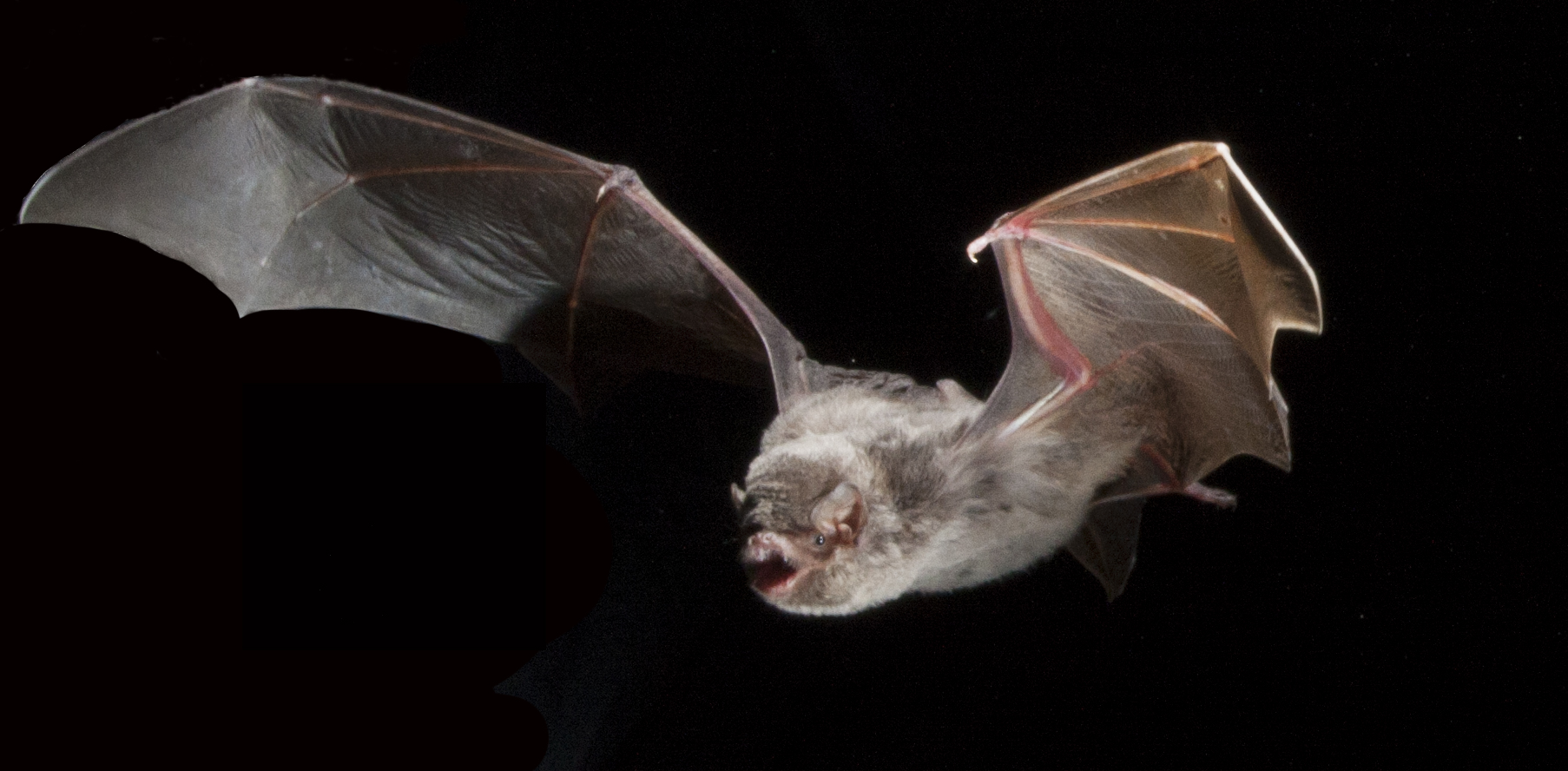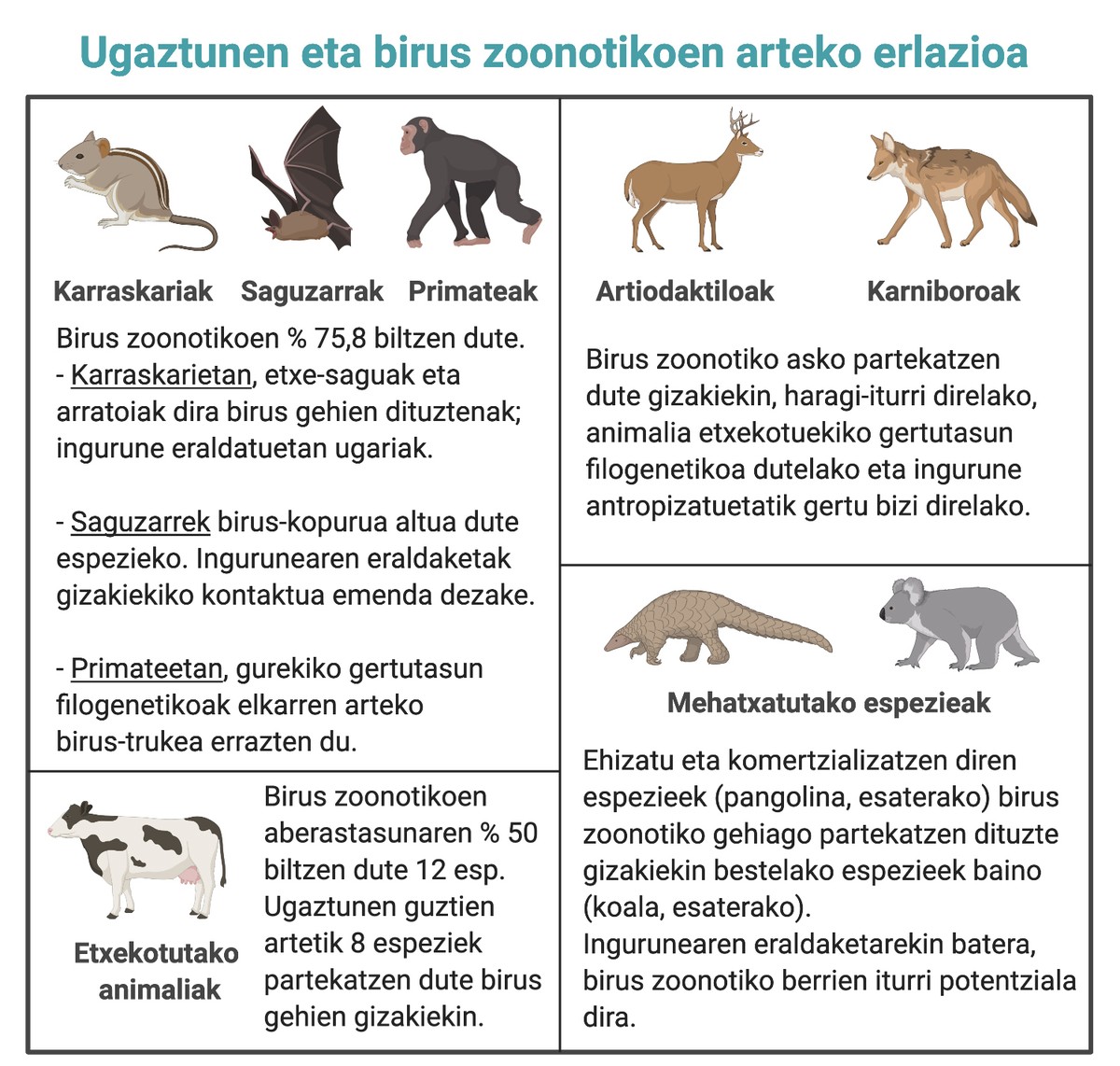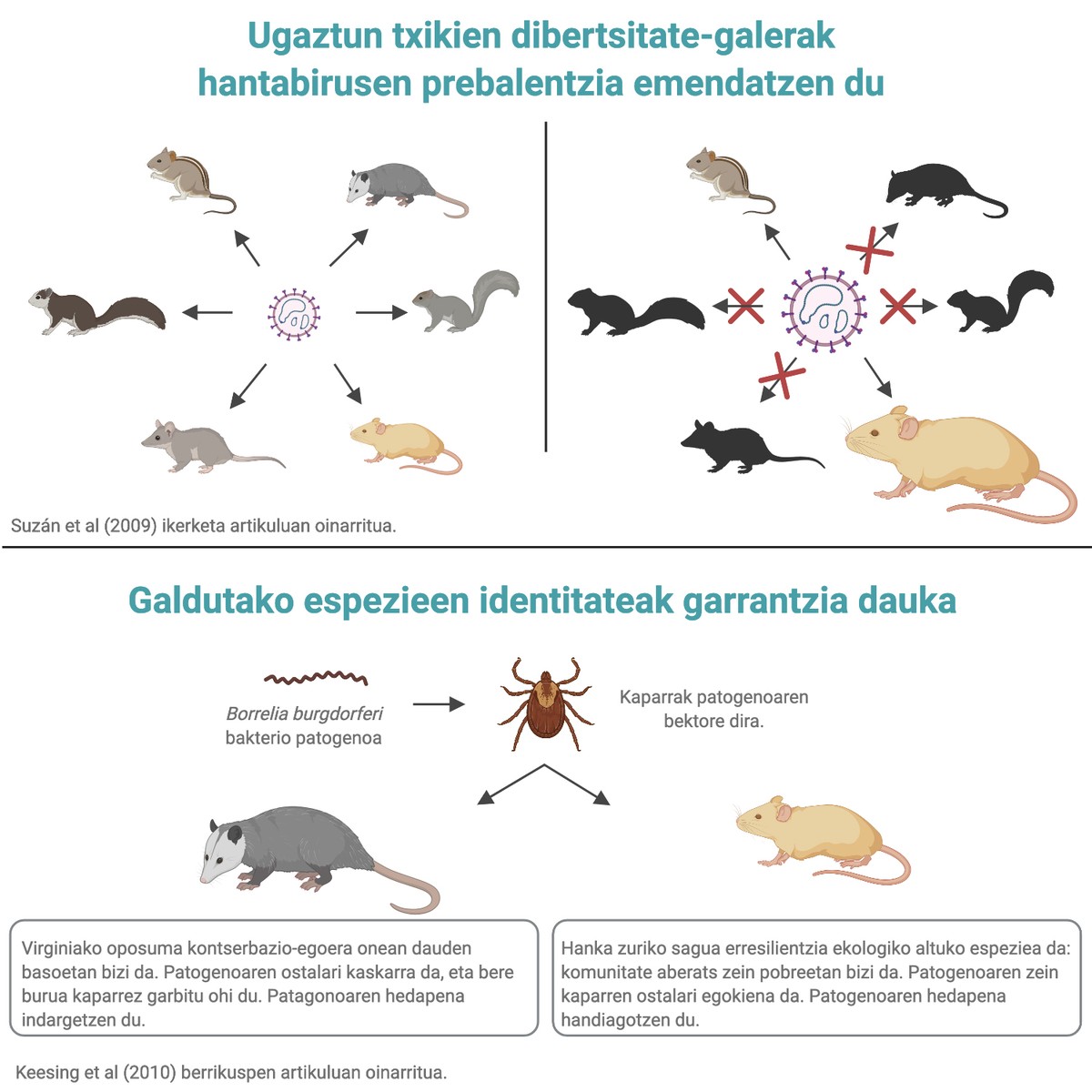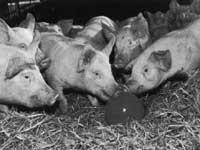Under the shadow of covid-19: biodiversity loss
2020/04/24 Arrizabalaga Escudero, Aitor - Biologian doktorea Iturria: Elhuyar aldizkaria
There have been several opinions heard in recent times against bats. Many have been frightened by bats, to the point of proposing their death. Proof of this is the fact that Chinese researchers, concerned about the conservation status of bats, wrote advice to researchers around the world. Yes, like many bushes, they are depositors of many species of viruses. But are they responsible for what happened with covid-19?

In the world there are more than 1,300 species of bats. Plant pollination and seed dispersion play a fundamental ecological role in the tropics. In addition, they are devastating insectivores with pests of many of our crops on their menu. Yes, more than 200 viruses have been identified in bats, some of them potentially dangerous to humans. Viruses are abundant in mammals in general (Table 1) and in many birds and other vertebrates. But if we leave them in their natural environment, the possibilities of transmission of diseases to humans are scarce and the ecological benefits they offer are not negligible. That is not reality. The conservation status of many species is not good because of human activities: 12% of birds, 23% of mammals and 32% of amphibians are in danger of extinction, among others. As we will see in this article, biodiversity loss offers optimal conditions to facilitate disease transmission.
Far from an unusual event, covid-19 is the latest in a long list of zoonotic diseases, but unfortunately it will not be the last. Between 1960 and 2004, researchers identified 335 new infectious diseases in humans, of which at least 60% come from animals, i.e. zoonotic diseases. Examples include AIDS, SARS-CoVa and Ebola. However, according to researchers' models, the future does not seem better. Scientists have concluded that the emergence of new infectious diseases is closely related to biodiversity loss and human activities. By definition, infectious diseases are based on the interaction between species. The modification of these interactions can lead to new possibilities for pathogens, both to increase the expansion and for the infection of new hoteliers. We have jumped from an apparent health problem to an eco-friendly problem. And ecosystems are far from simple.

Influence of the transformation of biodiversity into the dynamics of pathogens
Species diversity refers to the number of species and their relative abundance. In addition, species interact in ecosystems. The more complex the ecosystem, such as the rainforest, the richer the number of species and the number of interactions between them. In this context, places with high biodiversity can act in two opposite ways. On the one hand, biodiversity rich can be deposits of new potential pathogens. On the other hand, biodiversity with great diversity can reduce the transmission of new or known pathogens, or, on the contrary, increase the transmission of pathogens with species losses. As we will see, the identity of the species that disappear or dominate has a great importance in the transmission of diseases, since not all are ecologically equal.
The decrease in biodiversity radically modifies the composition of species in a community, with the disappearance of many species and the spectacular increase in populations of some. This can have several chained effects. If missing species are potential pathogen hostels, the spread of the pathogen is reduced to fewer species and concentrated (Figure 1). In addition, by reducing competition with missing species, the abundance of surviving species increases considerably. Species that tend to proliferate in modified media are usually of high ecological resilience, resistant to ecological changes. They have high reproductive rates and low adaptability or immune inversion, with characteristics suitable to be guests and vectors of pathogens. All this produces an amplification effect of the virus. This is what they have observed in numerous studies: the species that have proliferated and spread in anthropized media are the ones with the highest risk of transmission of zoonotic diseases. To all this must be added the behavior of hoteliers (gregarious or lonely, with a tendency to confront…) and the effect that vector mobility (mosquitoes, for example) can have on the expansion of the patient.

On the other hand, some of the missing species are usually malignant hosts, that is, they can be infected by pathogens, but transmission usually does not have continuity and its expansion is cut. These species reinforce the spread of diseases. Therefore, by reducing the diversity of poor hoteliers, the presence of pathogen is concentrated and amplified in the most suitable establishments and increases the risk of transmitting it to humans. This is the case, for example, of the West Nile virus and the inflammatory virus observed in birds and mammals respectively.
Finally, this complex equation must be considered as the diversity within the hostel. In fact, more and more studies show the importance of the diversity of bacterial communities (microbiome) in symbiosis with hoteliers in the sensitivity and diffusion of pathogens. The loss of diversity recalls patterns observed at the ecosystem level. The abusive use of antibiotics affects microbial diversity, both in livestock and in humans, and, along with all the above, increases the vulnerability of hoteliers to pathogens.
Emergence of new pathogens
In order for a pathogen to infect a new species, it must take three steps: 1) invade a new host; 2) create transmission capable pathogens within the new host; and 3) consolidate them as pathogens on the new host. Nearly half of the new zoonotic diseases identified by researchers since 1960 have been linked to changes in land use, changes in the agricultural and/or livestock environment and the hunting of wild animals. All these human activities have a common variable: they increase the contact between man and animals, and this is the necessary condition for pathogens to invade new hoteliers. Once the new host is invaded, its individual density can totally condition the transmission and fixation of the new pathogen.
An example of this is the case of the Nipah virus in Malaysia. The expansion of deforested agricultural lands and the growth of livestock increased interactions between wild and human animals. Then, the virus first jumped from bats of the genus Pteropus (bats fruit growers) to domestic pigs. Subsequently, it is considered that in high density pig farms the transmission of pigs to pigs (intensive production) was facilitated. Finally, the pathogen jumped from the pig to the man. Some say that there are cases that have been transmitted directly to humans as a result of the consumption of fruits that have been in contact with bats. This pathogen and others have a similar basis: countries with worse socio-economic conditions (not always) necessarily transform the natural environment and increase the close interaction between wildlife, animal and man.
These interactions remind us of fresh markets like Wuhan, which are the only place where refrigerators are scarce to get fresh meat in Asia and Africa. In such places, both livestock and wild animals remain in close contact. Moreover, considering the amount of money that moves in the world the illegal trade of wild animals (meat, boli, leather, pets, medicines...) like the arms and drugs trade! ), it is not surprising that many of these countries should join this business. Many of these animal species are threatened as the famous pangolin. According to the researchers, among the threatened mammal species, the ones that share the most viruses with humans are commercialized, which increases the risk of new outbreaks.
On the other hand, it may be attractive to criminalize such countries with diseases such as covid-19. But those sentences are absolutely unfair. In fact, deforested agricultural areas or illegal hunting practices are the only source of food for these populations. And we cannot forget that behind this situation lies the enormous pressure exerted by rich countries to obtain minerals, food, holiday places or other resources.
In short, the emergence and transmission of zoonotic viruses such as covid-19 has increased in recent decades. Ignorance has caused wild animals and, above all, bats to be considered the main culprits, which has reinforced social terror. This expansion, however, is related to environmental changes caused by human activities, such as the withdrawal of areas to intensive primary production forests, urbanization and hunting. Environmental change modifies species diversity and interactions between them. Also, not all species are the same. Therefore, it is necessary to know well its ecology and epidemiology to investigate outbreaks of new pests, origins, medicines, etc. Behind all this is the responsibility of rich and poor countries. It is therefore time to become aware of the importance of environmental health within human health and well-being. Perhaps this situation provoked by covid-19 serves to reflect on the model of society. Maybe not.

Gai honi buruzko eduki gehiago
Elhuyarrek garatutako teknologia






